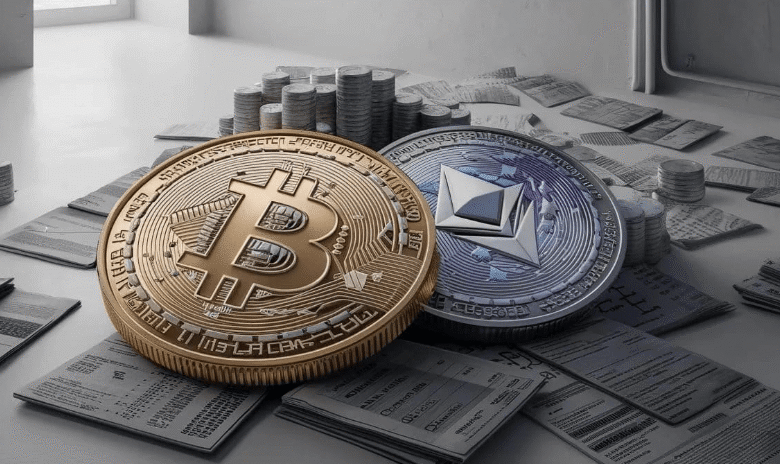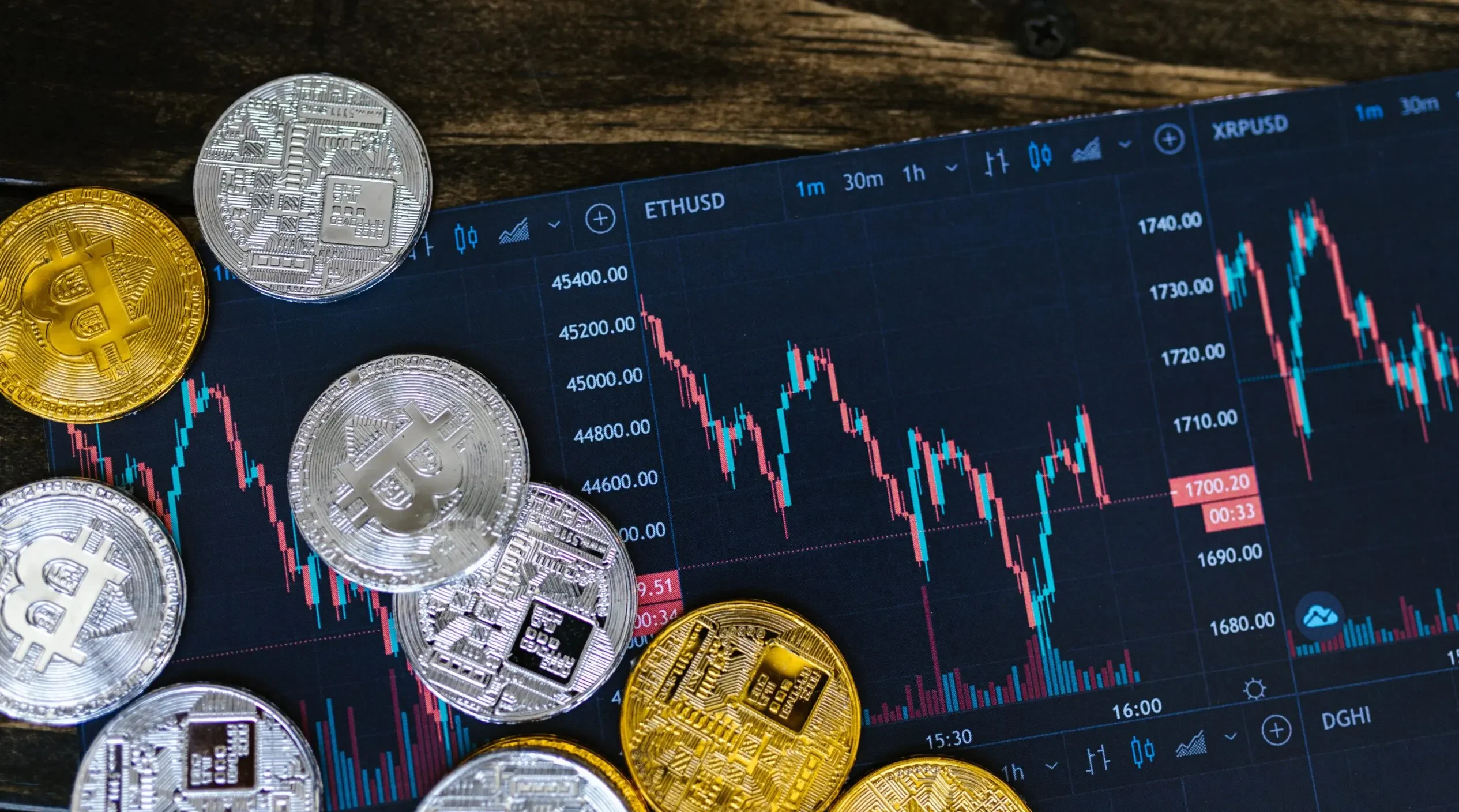SEC Signals Start of Altcoin ETF Summer In 2025

The cryptocurrency market may be on the verge of a transformative moment, as the U.S. Securities and Exchange Commission (SEC) has released new guidance that many analysts believe sets the stage for what is being called an “Altcoin ETF Summer.” As institutional interest in digital assets expands beyond Bitcoin and Ethereum, the potential for exchange-traded funds (ETFs) linked to leading altcoins has become a central topic across financial media, trading desks, and crypto communities alike.
In mid-2025, the SEC issued a series of clarifications that effectively opened the door for the first wave of altcoin-based ETFs, following years of regulatory ambiguity and enforcement-driven hesitation. These developments signal a broader shift in the Commission’s posture toward digital assets, and they could dramatically reshape access to cryptocurrencies for both retail and institutional investors.
XRP the New SEC Guidance
The updated SEC guidance focuses on two key regulatory domains: classification and custody. First, the agency has expanded its interpretation of what constitutes a “non-security” digital asset. Building on prior court rulings and a growing body of legal precedent—including cases involving Ripple’s XRP and Coinbase’s listing practices—the SEC now acknowledges that certain altcoins with sufficiently decentralised ecosystems may not fall under the definition of securities under the Howey Test.
Second, the SEC has introduced more flexible standards around crypto asset custody for ETF issuers. Previously, stringent custody and surveillance-sharing agreements limited the ability of asset managers to launch crypto ETFs beyond Bitcoin and Ethereum. The updated framework permits regulated custodians to hold a wider variety of tokens, provided they meet transparency, liquidity, and compliance benchmarks verified through third-party audits and blockchain analytics tools.
These changes reflect mounting pressure from Capitol Hill and the investment community to modernize crypto regulation. SEC Chair Gary Gensler, once known for his cautious stance, has taken a more measured tone in recent months, citing the need for “regulated on-ramps” that balance investor protection with financial innovation.
Market Reaction and Institutional Positioning
In the wake of the SEC announcement, altcoins such as Solana (SOL), Chainlink (LINK), and Avalanche (AVAX) have surged in both spot and derivatives markets. Trading volumes on exchanges like Coinbase, Kraken, and Binance US saw a noticeable uptick, while inflows into crypto-focused mutual funds and trusts signalled growing investor confidence in a diversified digital asset future.
Institutional players, including BlackRock, Fidelity, and Greyscale, have already filed preliminary prospectuses for a new wave of ETFs. These filings include products focused on Layer 1 networks, smart contract platforms, and Oracle-based infrastructure tokens. Market watchers suggest that the SEC’s new stance could accelerate approval timelines, especially for funds structured with robust compliance features and clear disclosures.

Moreover, Bloomberg Intelligence analysts have noted that the regulatory clarity could significantly narrow the gap between crypto adoption in the U.S. and more progressive jurisdictions like Canada, Switzerland, and Singapore, where multi-asset crypto ETFs have already found success.
Altcoin ETF Thesis and Broader Economic
The core value proposition behind an altcoin ETF is accessibility and legitimacy. While Bitcoin ETFs introduced mainstream investors to digital assets, altcoin ETFs would allow for exposure to the next wave of innovation: smart contracts, interoperable networks, DeFi applications, and metaverse infrastructure.
An altcoin ETF basket could represent a cross-section of technologies driving Web3, appealing to tech-savvy millennials, ESG-conscious funds, and forward-looking pension managers. These ETFs are expected to be structured as either equal-weighted indexes, thematic portfolios (e.g., DeFi, Layer 1s), or market-cap-weighted products that mirror on-chain network activity and developer adoption.
From an economic standpoint, increased capital inflows via ETFs could enhance liquidity for altcoin markets, reduce volatility through institutional hedging strategies, and strengthen project fundamentals by aligning tokenomics with regulated capital markets. It also raises the question of how decentralised governance systems will evolve when subject to indirect ownership by ETF shareholders, a topic already under scrutiny by DAOs and protocol treasuries.
Regulatory Caution and Remaining Hurdles
Despite the positive momentum, hurdles remain. The SEC’s revised guidance, while promising, stops short of blanket approvals. Each proposed ETF must undergo rigorous evaluation, particularly around custodial integrity, token classification, and market manipulation risks. Additionally, the Commodity Futures Trading Commission (CFTC) and U.S. Treasury have yet to issue synchronised guidance that would fully harmonise regulatory oversight across agencies.
Consumer advocacy groups continue to express concern about retail investors gaining exposure to highly volatile assets through mainstream broking accounts. The Financial Industry Regulatory Authority (FINRA) has emphasized the need for educational disclosures, risk flags, and suitability assessments before altcoin ETFs are widely distributed.
Nonetheless, the market consensus appears to lean toward optimism, with ETF issuers, lawyers, and compliance professionals preparing for what many believe will be a historic window for digital asset expansion in traditional finance.
Summary
The U.S. is not acting in a vacuum. In Europe, the Markets in Crypto-Assets (MiCA) regulation is already in effect, providing a blueprint for digital asset classification and fund structure. In Asia, Hong Kong has licensed altcoin ETFs tied to major tokens like Polygon (MATIC) and Cardano (ADA), while South Korea is exploring smart contract certification for ETF inclusion.
These global movements indicate a broader convergence toward standardised digital asset frameworks, where cross-border ETFs could eventually be passported or mirrored across regions. The SEC’s guidance, while domestically focused, may catalyse future multilateral regulatory coordination.
